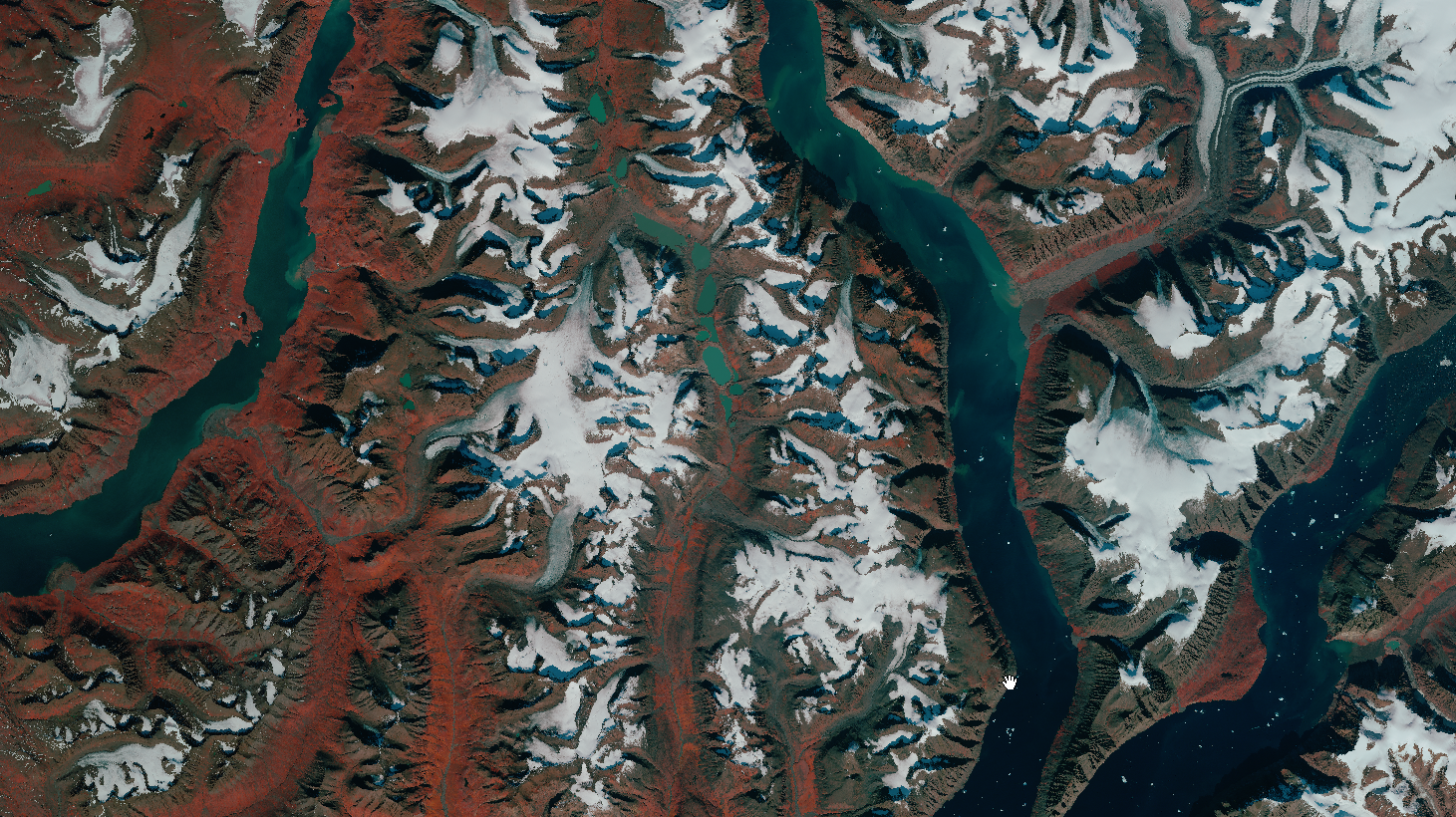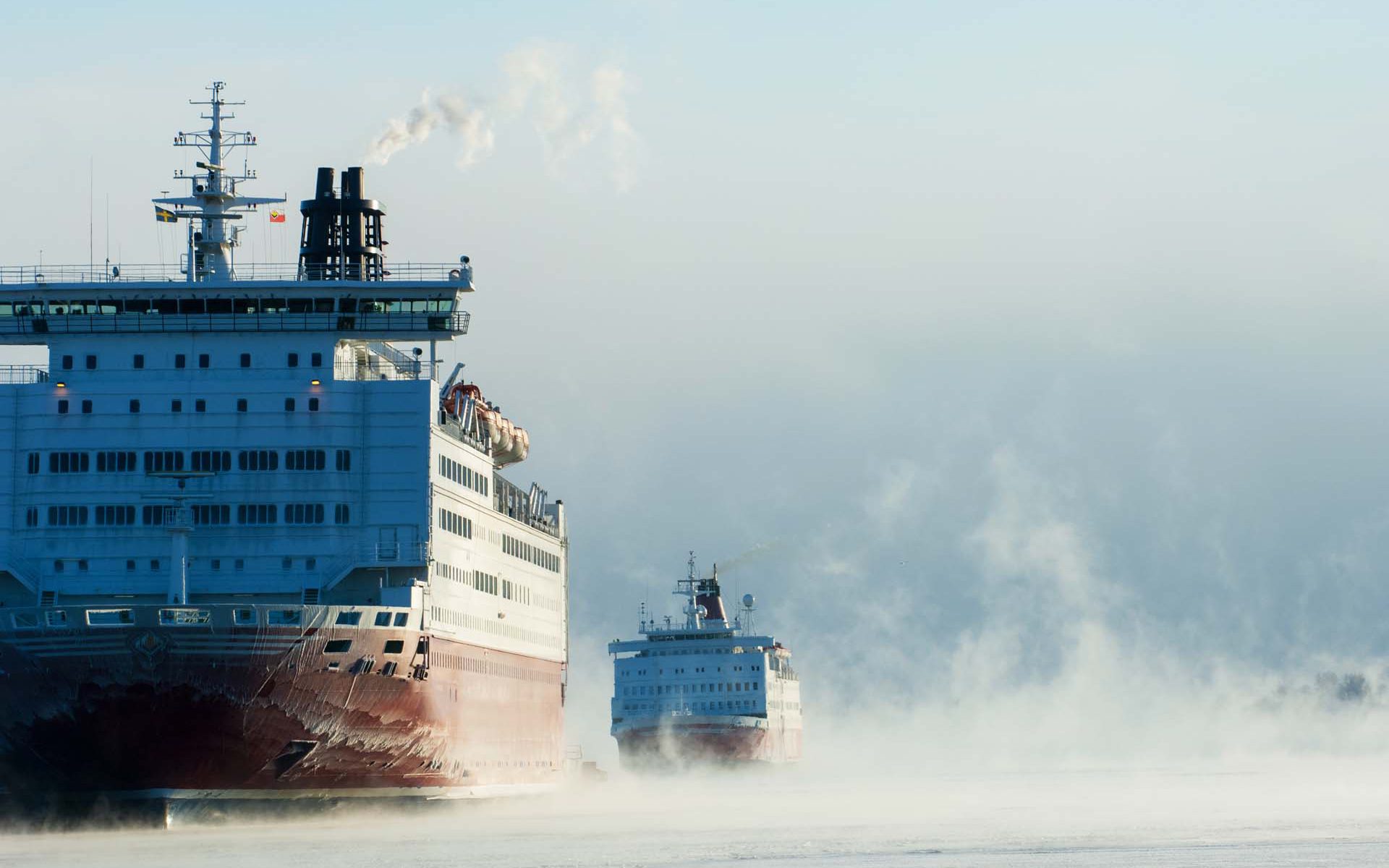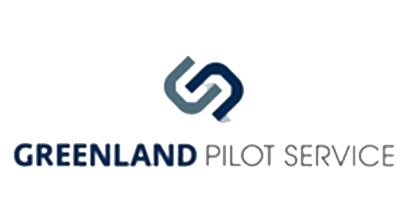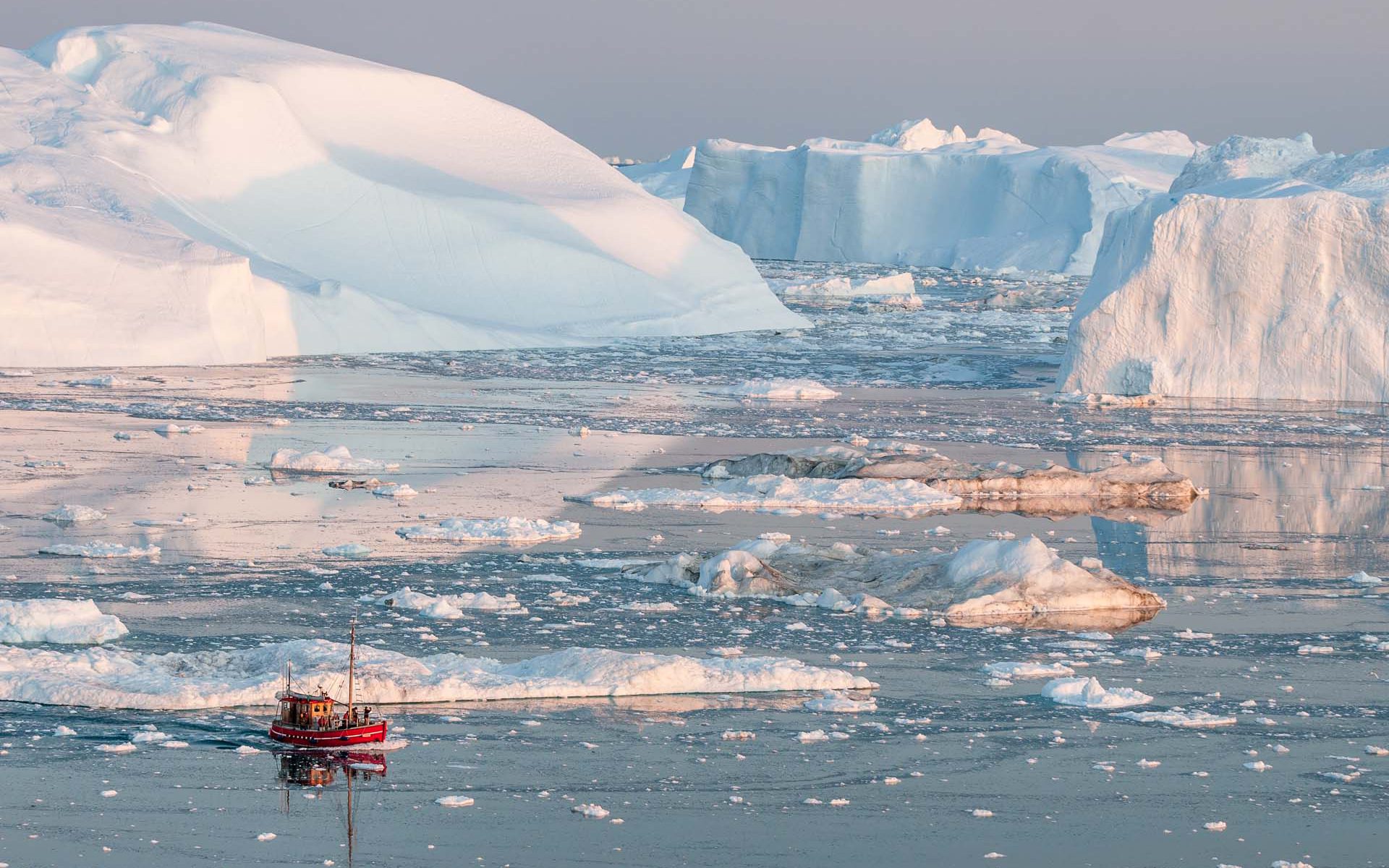
NANOK - Nautical Navigation Operational Knowledge
NANOK enables large scale mapping of submerged rocks, intertidal zones and accurate delineation of coastlines across the Arctic region
Why is it important?
Maritime operations in the Arctic are often associated with high level of navigational risk since access to reliable nautical charts is limited by the fact that existing charts are often several nautical miles off, with vast areas still uncharted.
Meanwhile, the level of human activity in the Arctic is increasing. Climate changes widens the areas of operation in the Arctic, with ice-free conditions, enabling expansion of economic activities, access to natural resources and opening of new shipping routes. Also, increased research and tourism activities leads to an increase in marine traffic across the Arctic region.
In all, this leads to an enlarged geopolitical awareness of the Arctic region and in turn also an intensified military awareness and presence in the region.
The Danish Defense undertakes several tasks in the Arctic, including enforcement of sovereignty, search and rescue operations, fishing controls as well as societal tasks, e.g., scientific and medical logistical support.
In this context NANOK provides the much-needed navigational situational awareness reducing navigational risks in the Arctic region.
Project highlights:
NANOK develops an automation and upscaling feasibility study of navigational hazards including 1) submerged rocks, 2) coast lines and 3) intertidal zones applicable to all arctic regions.
The NANOK data products are tailored to naval navigation systems and user requirements.
NANOK data products are processed in a cloud-computing environment allowing rapid data production and updating.
In more detail..
Maritime activity across the Arctic is increasing together with an increased geopolitical awareness in the region. Maritime operations in the Arctic are associated with high level of navigational risk since access to reliable nautical charts is limited by the fact that existing charts are often several nautical miles off, with vast areas still uncharted.
This situation often leaves navigators with on board equipment such as different types of sonar systems, offering little decision support on route planning and forward-looking situational awareness at a larger scale. The activities in the NANOK project are expected to significantly support route planning and situational awareness for a wide range of both civil and naval tasks.
NANOK is co-financed by and developed in collaboration with the Danish Defence and data products are consequently tailored to specific naval user requirements through dialogue-based co-production and onboard field testing.
The NANOK project develops Arctic navigational risk minimization by mapping submerged rocks, intertidal zones and coast lines. It includes an automation and upscaling feasibility test in Greenland of two previously developed remote sensing processing chains:
- Mapping of Arctic shallow water areas using a DHI GRAS proprietary multitemporal bathymetric retrieval model based on open-source satellite data, validated against in-situ multi-beam echo sounding data.
- Mapping of Arctic coastlines using a DHI GRAS proprietary method involving satellite data, intertidal information, machine learning.
The project reaches out to international Arctic stakeholders paving the way for a further product development and pan-arctic navigational risk minimization.


NANOK is co-financed by the Danish Defence Acquisition and Logistics Organization and DHI GRAS and is supported by the Danish Naval Warfare Centre and the Danish Defence Joint GeoMETOC Support Center.
Related items
Digital Ortho Photos of Ice free Greenland from existing Satellite imagery 2020
Provision of detailed satellite imagery and digital elevation models covering 85.000 sqkm of Greenland Up
DHI GRAS part of a new partnership to promote satellite solutions in the Arctic
As part of our continuous and long-term commitment to enhance opportunities in the Arctic, making best use of satellite data, we are proud to be part of the newly established Danish Partnership for space in the Arctic ‘Kongeriget Danmarks Partnerskab for Rum i Arktis’.
Satellite-derived bathymetry for nautical navigation
Providing accurate maps of the coastal zone for safe navigation of ships with satellite-derived bathymetry
EOatDHI part of the DHI GROUP
gras@dhigroup.com
+45 4516 9100
Agern Alle 5,
2970 Hørsholm,
Denmark
CVR: 36466871











